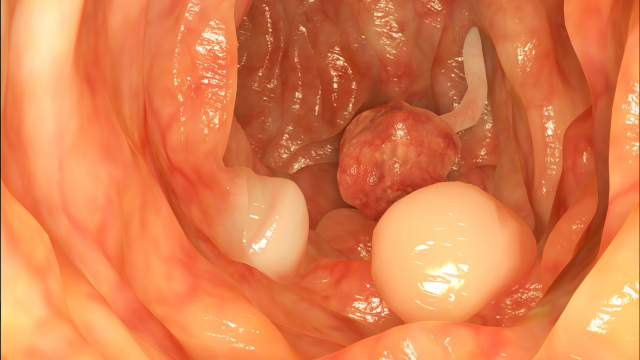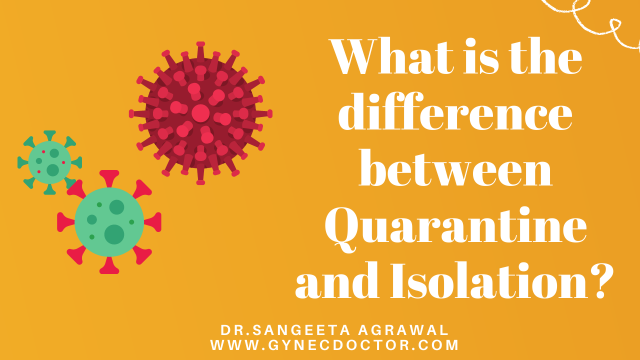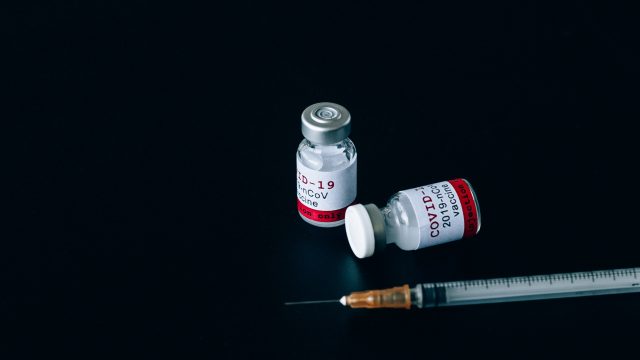Fibroids are one of the commonest benign i.e. non-cancerous tumors of the uterus. They are whorls of smooth muscle tissue that can be very variable in size (few millimeters to more than 20 cms), in position (submucous, intramural, or subserous), and in number (one or two to multiples of ten). The article talks about fibroids treatment.
Fibroids usually grow during the reproductive years and they tend to shrink after menopause. Fibroids are very variable in the presentation. They may not cause any symptoms. They may cause symptoms on the basis of their location, size, and number.
Fibroids may cause very heavy bleeding during periods and sometimes even before and after the periods. They may be associated with very painful periods. Sometimes they may be implicated in infertility. If they are large enough to give pressure symptoms then one can have a frequency of urine and/or constipation. If they are large enough then they may present as a mass felt by the women through her lower abdomen.
Fibroids can be diagnosed on clinical examination of the pelvis. They can be further confirmed by ultrasonography. MRI can be done in special situations.
Treatment of Fibroids will depend on various factors such as :
- Symptoms that are present
- Age of the patient
- Location of fibroids
- A desire for child bearing
If they are not causing any problems then they may not need any intervention. If they are causing problems then fibroids may be removed. They can be removed through the uterus if they are bulging into the cavity. They may be removed by an incision in the abdomen and the uterus. Alternatively, they can be removed through minimally invasive surgery (key hole surgery). In some situations, the doctor may suggest the removal of the uterus, for eg perimenopausal patients with a large fibroid.
There are a few modern advances in the management of fibroids such as putting a plug in the blood vessel that supplies the fibroid. This option is not yet widely available. If you have a fibroid then you must do a consultation to decide if it needs any intervention and if yes then seek the best management option. Dr. Sangeeta Agrawal provides the full range of options for the management of fibroid.
Fibroids Surgical Treatments
There are certain situations wherein surgery is the only answer. The type of surgery will depend on many factors such as the size, location, and number of fibroids present, and the need to retain the uterus for childbearing. The current surgical treatments for fibroids are mainly the removal of the fibroid and removal of the uterus.
Removal of Fibroids / Myomectomy
Submucous Fibroid (the fibroid is projecting into the cavity of the uterus). It is removed through the hysteroscope (the telescope is inserted into the uterus and the fibroid is removed by using an instrument to cut it or core it out).
If the fibroid is mainly sub-serosal or intramural then it is removed laparoscopically. This is major surgery, requires admission and anesthesia. The telescope is inserted into the abdomen, a small cut is made usually in the belly button. Two or three other cuts will be required on the abdomen to insert the instruments that are required. The fibroid is separated from the uterus. It is then placed in a bag inside the abdomen and morcellated. This is then removed through the abdomen. The procedure allows the removal of multiple and huge fibroids and retains the uterus.
The fibroids can recur. There are many drugs that may be used preoperatively to shrink the fibroids, to stop the bleeding and help build up the hemoglobin thereby making the surgery feasible and sometimes easier.
Pregnancy can happen naturally after the removal of fibroids. It is important to note that in case the cavity of the uterus was opened during the fibroid removal then the patient will need a planned cesarean section.
Removal of Uterus / Hysterectomy
In some cases, the removal of the uterus will be the only option to manage the fibroids. This is the option for women who finished childbearing and have large/multiple or symptomatic fibroids.
The uterus can be removed in several ways. It can be removed through a cut in the abdomen (abdominal hysterectomy) or through the vagina (vaginal hysterectomy) or through a telescope (laparoscopic hysterectomy). In either case, it requires hospitalization, and anesthesia and is major surgery. The pros and cons of each method depend on various factors. The route of surgery can only be decided after considering all factors in each individual case.


















